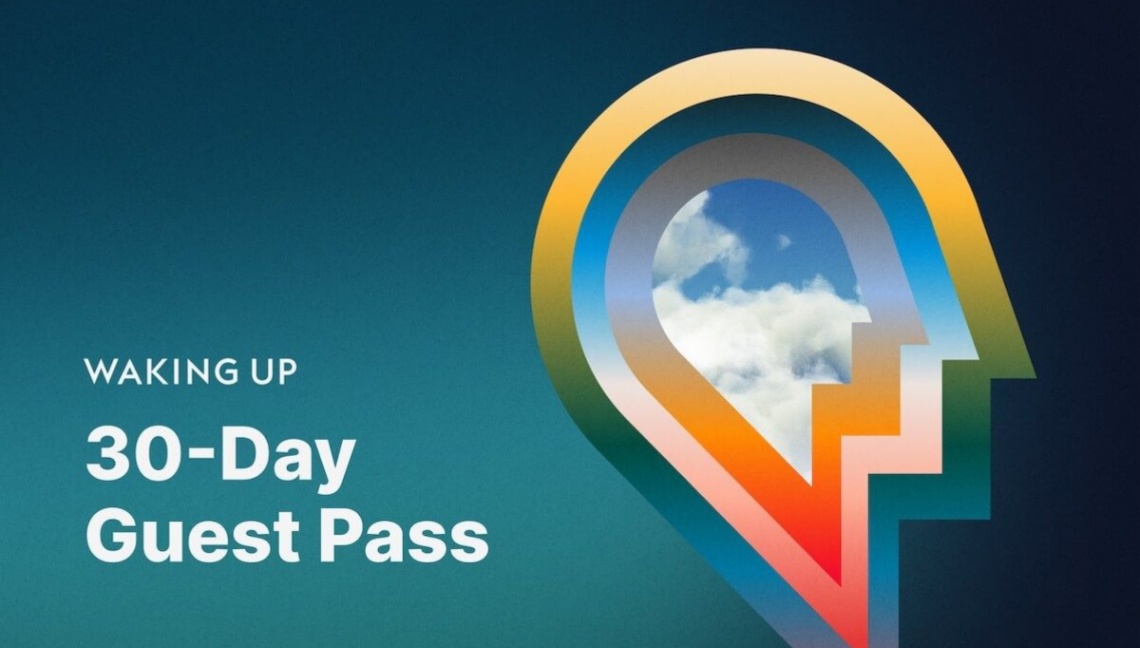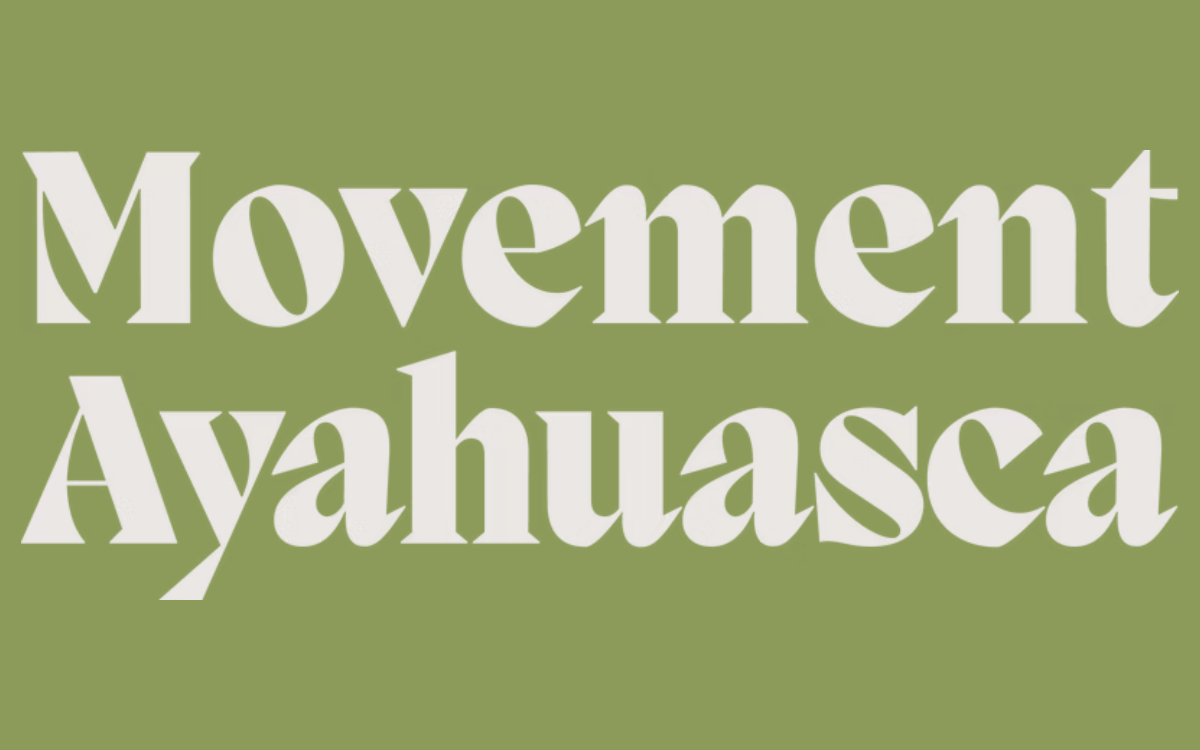Spirituality has always been a path I explore. Like Alan Watts, I take what resonates and leave the rest. It has never been about a single system or doctrine, but about lived experience. Sam Harris gave me language for that exploration. His teaching on meditation and the concept of self has been one of the clearest influences on my path. For him, spirituality is not about dogma or faith. It is about direct experience. It is a set of practices and insights that help us transcend the illusion of self, cultivate clarity, compassion, and freedom from unnecessary suffering.
In that way spirituality becomes a kind of contemplative science. It is empirical and reproducible. You do not need to believe in gods or karma. You simply practice. You observe consciousness directly. For me, this framing has been liberating.
Still, I wanted to go deeper. And that is what brought me to Bali, to a retreat called Movement Ayahuasca.
Vipassana and Stillness
My foundation in meditation has been through Vipassana. Classically it is practiced in stillness. Sitting. Observing. Non-reactive awareness of the body and mind. The aim is to see impermanence, suffering, and not-self.
Meditation for me is not the absence of mind or thoughts. It is not chasing a goal. A goal is just the ego chasing achievement. Meditation is observing thoughts. Thoughts are part of the flow, like waves in the ocean. The ego is the spotlight that captures them, attaches to them, connects with them.
When you let the thoughts drift away like clouds, the water begins to settle. Quiet periods sometimes emerge. That is not the promise or the goal, but it does happen. And even in those moments of stillness, you realize the work is in the watching, not the outcome.
Movement as a Vehicle of Spirituality
Sam Harris often says that awareness and freedom are available in any moment, not just on the cushion. And I have felt the truth of that through movement. Richard Aceves, the teacher behind Movement Ayahuasca, builds on this idea. Movement is not just training muscles. It is training the nervous system. It is pushing past defense mechanisms. It is stimulus chosen to test the layers of ego and protective instinct.
This was the essence of the retreat. Breathwork, intensity, and movement became the laboratory. It was not about what exercise you were doing. It was about what those exercises provoked in you.
The Retreat Experience
Breathwork and Interoception
The retreat began with breath. The Swami method, as it was called, was unlike anything I had practiced before. It was not simply about relaxation or stress reduction. It was about building interoception, creating safety inside the body so the nervous system could stay open.
During one marathon session I found myself acutely aware of everything around me. The breeze, birds, noises from next door. My Vipassana practice helped me here. Thoughts came and went, but they were not random or discursive. They were clear. I felt safe. Receptive.
What surprised me was how much I noticed my tendency to hold my breath. Especially in anxious social settings. It hit me that maybe this was connected to my past, to being sober in environments where alcohol had once been my crutch. The breathwork forced me to look at that. Was my anxiety causing me to hold my breath, or was the breath-holding feeding the anxiety? The session opened that question and left me with more curiosity than answers.
The Gauntlet
After breath came movement. The Gauntlet. On paper it looked ominous. And it was. It took me four and a half hours. Constant movement. Stimulus designed to peel you open.
I ran the spectrum of emotions. At times there was joy and flow. At other times I was over-analyzing, negotiating with myself, strategizing my way out. And then there were moments when I simply dropped to my knees and cried. Full emotional expression.
It was not linear. It was not consistent. My brain wanted to quit, to rationalize, to argue. That inner voice was loud: you have done enough, you can stop now. But that was the training. That was the ego protecting itself. And that was the exact moment where growth was possible.
So I took some breaths. I picked up the sandbag. I fought. That was why I had come all the way to Bali. Not for comfort but for this.
The Expression Session
The next day brought another Swami session followed by something called the Expression Session. Here the goal was raw release. Trauma, anger, grief, joy. Whatever was stored in the body. Through breath, movement, and vocal expression we were asked to let it out.
We lifted sandbags until the breath could no longer hold, then slammed them into the ground while grunting, screaming, crying. At first I was still thinking of specific situations. People I had wronged or who had wronged me. But that was the mind again, circling. When I surrendered, the emotions came out pure. Not attached to stories. Just energy moving through.
It was unsettling and cathartic at once. And for someone who has always been self-conscious, it was freeing. The space was safe. The intent was clear.
Afterward my hands shook as I wrote. It was not comfortable, but it helped me see more clearly the man I want to be. Not an angry man. Not someone who wears a mask around others. But someone compassionate. Someone who smiles at strangers. Someone who is at ease being himself, even in the presence of anger or dominance from others.
Insights: Ego, Safety, and the Nervous System
The biggest insight I carried from the retreat was about my tendency to over-analyze, to negotiate my way out of discomfort. That voice is not weakness. It is ego protection. It is the nervous system seeking safety.
But spirituality, as I have come to see it, is not about silencing that voice. It is about noticing it without obeying it. Whether in meditation or in movement, the practice is the same. Thoughts will come. Ego will resist. The question is whether you keep moving, one breath at a time.
Movement and breathwork gave me a way to see the nervous system in real time. To feel what it is like to enter flight, to shift into fight, to down-regulate into rest. And to realize that with awareness and safety, each of these states can be navigated.
Practical Applications
This retreat did not give me lightning bolts of revelation. It gave me clarity and tools.
Meditation: letting thoughts drift, settling into awareness without a goal.
Breathwork: using the Swami method to feel safe and receptive.
Movement: using sandbags, carries, and intensity to invite discomfort and train the nervous system.
Expression: finding safe ways to release stored emotions, when words alone are not enough.
Conclusion
For me spirituality has always been a practice. It is contemplative science. It is sitting in silence and watching thoughts. It is moving until tears come and realizing they are not a failure but a release. It is breath, awareness, and the willingness to meet discomfort without running.
Sam Harris helped me see that consciousness is all there is, and the self is an illusion. Alan Watts reminded me that thoughts are waves, and you do not need to resist them. Richard Aceves gave me a container where movement and breath could strip away defenses and show me myself more clearly.
Spirituality, in this sense, is not something you believe in. It is something you do. In stillness. In motion. In every breath.

If this exploration resonates with you, I encourage you to take the next step.
Try Sam Harris’ 30-day free meditation course, which offers a clear and practical foundation for exploring awareness and the nature of self. It has been a cornerstone in my own journey, and I cannot recommend it enough.

Look into Movement Ayahuasca and their upcoming retreats. If you are ready to experience what it feels like to combine breath, movement, and raw expression in a safe and transformative environment, their work is unmatched. It guided me to some of the clearest insights I have had, and I recommend it wholeheartedly.
